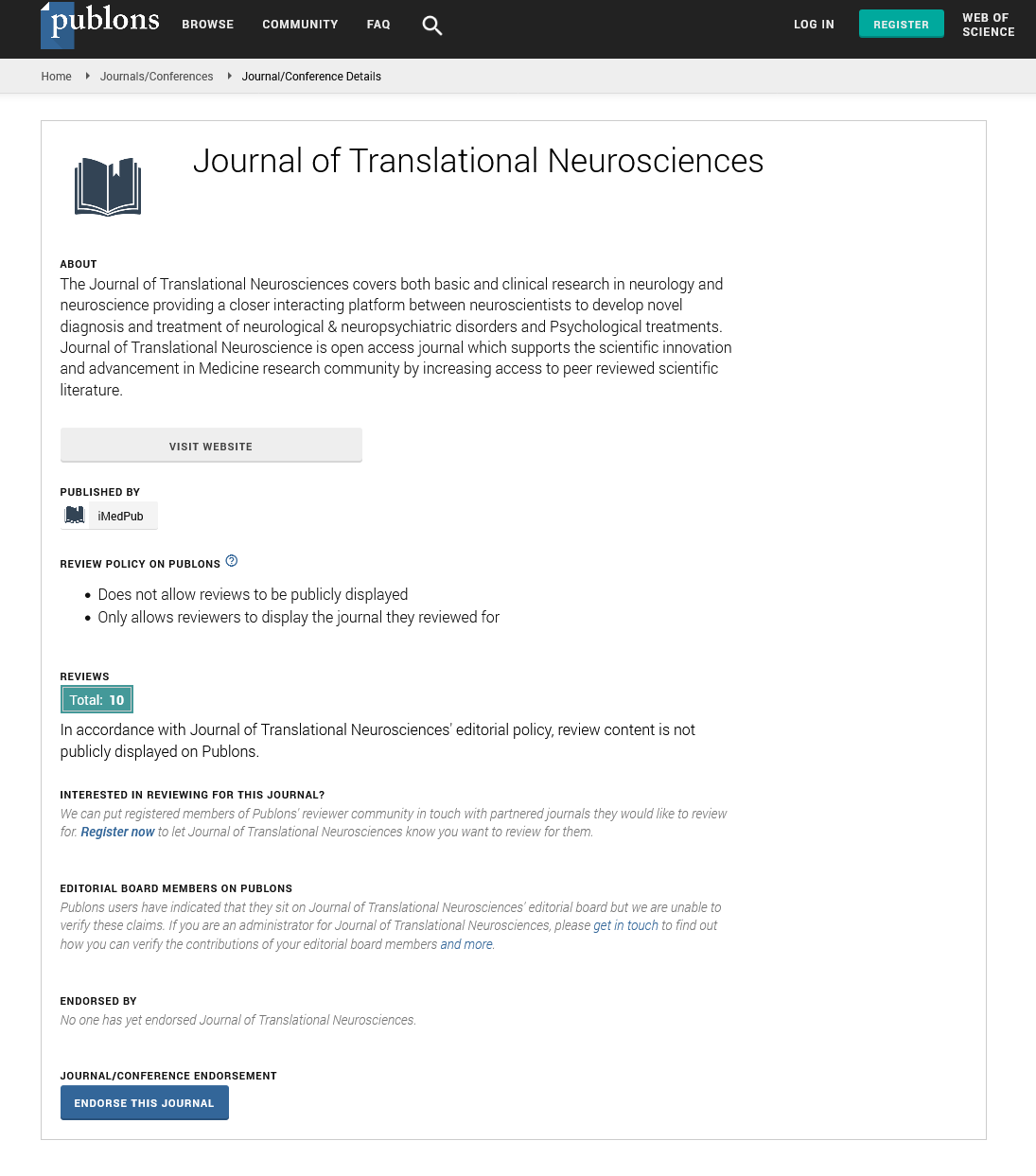Abstract
Inter-parental Conflict, Acceptance/ Rejection and school climate induced Drug Addiction among Adolescent in Bangladesh
At present drug addiction among adolescent has been attracted globally among psychologist, school authorities, and parents need for adolescent’s mental health, security, and safety. However, little research has incorporated adolescents’ drug and substance using with interparental-conflict, acceptance/ rejection and school climate in Bangladeshi culture. As for considering the burgeoning area of research, the purpose of the current study was to investigate whether drug addiction in adolescence varies regarding inter-parental conflict, acceptance/rejection, and school climate. Quantitative research approach and cross-sectional research design were employed for this study. The data were collected from 400 adolescent in them half of participants were drug addicted and rests of the participant were normal using a random sampling technique. Mean, standard deviation, point biserial correlation, and logistic regressions were performed. The findings indicate that negative peer interaction and affiliation, self-blame, parental rejection, the opportunity for student autonomy, and inadequate teacher support were the significant predictors of drug addiction. Among variables, negative peer interaction and affiliation was the strongest predictor, which alone explained 69.5% variance of drug addiction. The study could bring more insights into the parents, school management, caregivers, psychologists, and family counselor to prevent and relieve the drug and substance using from adolescent and society in large scale. Implications of future research for theory, practice and interventions are discussed.
Author(s):
Shahinuzzaman
Abstract | PDF
Share this

Google scholar citation report
Citations : 46
Journal of Translational Neurosciences received 46 citations as per google scholar report
Journal of Translational Neurosciences peer review process verified at publons
Abstracted/Indexed in
- Google Scholar
- JournalTOCs
- China National Knowledge Infrastructure (CNKI)
- Publons
- Secret Search Engine Labs
- Euro Pub
Open Access Journals
- Aquaculture & Veterinary Science
- Chemistry & Chemical Sciences
- Clinical Sciences
- Engineering
- General Science
- Genetics & Molecular Biology
- Health Care & Nursing
- Immunology & Microbiology
- Materials Science
- Mathematics & Physics
- Medical Sciences
- Neurology & Psychiatry
- Oncology & Cancer Science
- Pharmaceutical Sciences


